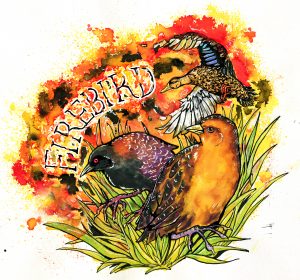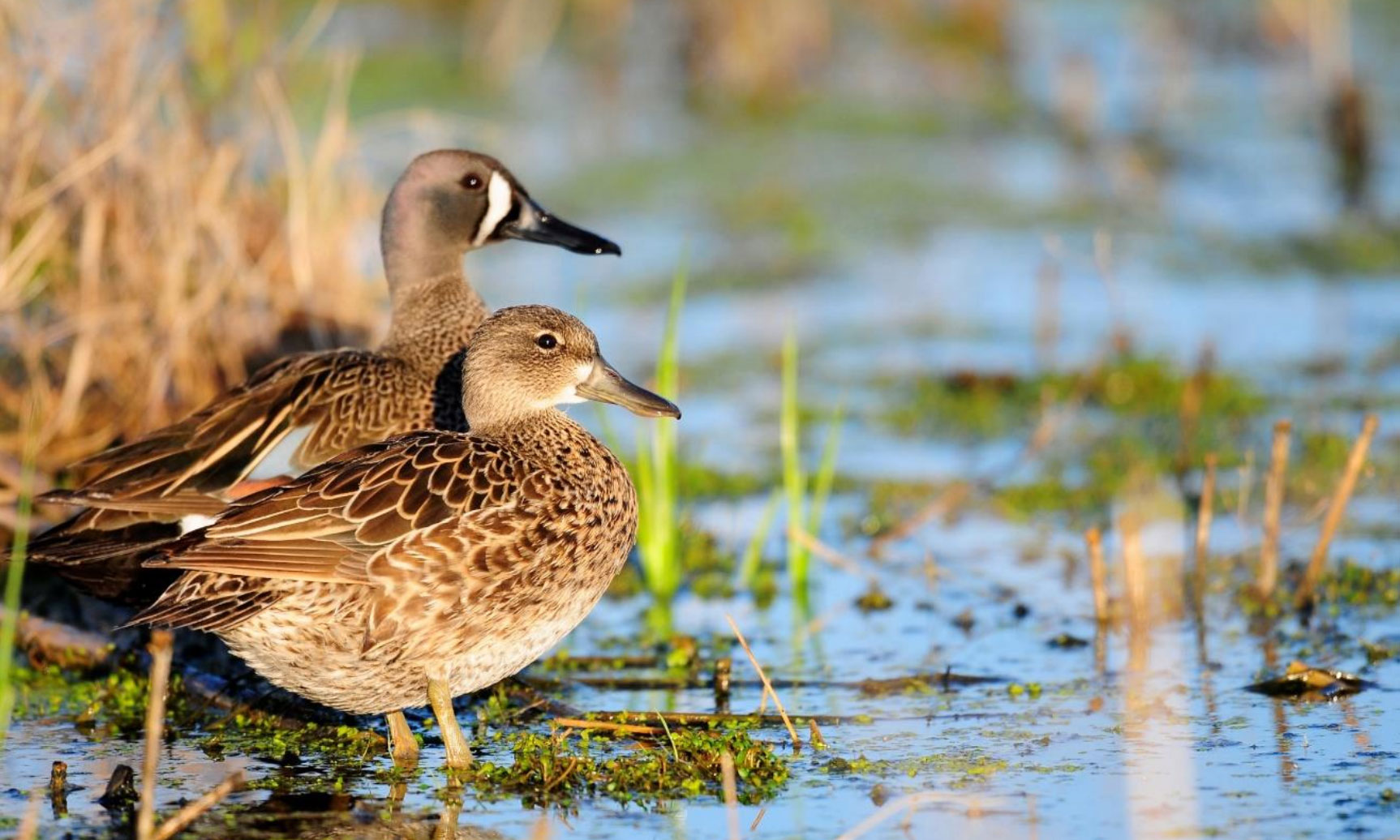This large collaborative project is led by Forbes Director Auriel Fournier and Forbes Staff Chelsea Kross, and includes Co-Investigators and Collaborators from a long list of organizations (more detail here). Graduate Student Lauren Monopoli works on this project as well (Co-advised by Auriel Fournier and TJ Benson).
This project monitors black rail, yellow rail, and mottled duck responses to prescribed fire application using an adaptive management framework. The framework will inform decision-making by helping researchers and resource managers test predictions and improve our understanding of how these birds of concern interact with high marsh ecosystems and prescribed fire. Specifically, this project will:
- Create high resolution up to date maps of high marsh habitats across the five Gulf States
- Determine the distribution and abundance of black and yellow rails and mottled ducks in high marsh habitats across the five Gulf states during the breeding and wintering seasons. This will be accomplished through on the ground surveys throughout the year, and by analyzing feather samples from individual birds to determine what they are eating which will allow us to estimate the relative proportion of resident versus migratory black rails.
- Determine if seasonal weather patterns have changed over time in such a way that they would limit potential prescribed fire practices that could be implemented in high marshes.
- Identify prescribed fire practices that support black and yellow rail and mottled duck populations through an adaptive management process. This process will involve determining the mechanism of bird response to fire through plants and invertebrates, characterizing the appropriate fire return interval in high marsh, and determining if weather affecting prescribed fire has changed in frequency over time.
Project Webpage : https://noaafirebird.home.blog/


